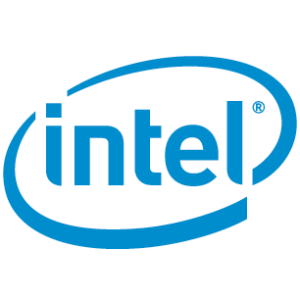Intel Announces Hala Point – World’s Largest Neuromorphic System for Sustainable AI

(Golden Dayz/Shutterstock)
As we find ourselves on the brink of a technological revolution, the need for efficient and sustainable computing solutions has never been more critical.
A computer system that can mimic the way humans process and store data could be of immense value. It has the potential to enhance the capabilities of AI models in terms of energy efficiency, bias mitigation, interpretability, and adaptability.
Intel has announced the creation of Hala Point, a brain-inspired neuromorphic system for sustainable and efficient AI. With its 1152 Loihi 2 processors, Hala Point can support up to 20 quadrillion operations per second, allowing it to handle real-time AI applications and complex computational tasks.
The key characteristic of Hala Point is its ability to use neuromorphic computing to reduce energy compensation for computational needs. This aligns with Intel’s broader objective of addressing the sustainability challenges of increasingly large AI models. Hala Point exploits its sparse connectivity and event-driven activity to achieve deep neural network efficiencies.
 Housed at Sandia National Laboratories, Hala Point builds upon Intel’s earlier system, Pohoiki Springs, by significantly increasing neuron capacity and enhancing performance. Hala Point has been used for brain-scale computing research at Sandia National Laboratories and could serve as a testbed for future AI and machine learning models.
Housed at Sandia National Laboratories, Hala Point builds upon Intel’s earlier system, Pohoiki Springs, by significantly increasing neuron capacity and enhancing performance. Hala Point has been used for brain-scale computing research at Sandia National Laboratories and could serve as a testbed for future AI and machine learning models.
“The computing cost of today’s AI models is rising at unsustainable rates. The industry needs fundamentally new approaches capable of scaling. For that reason, we developed Hala Point, which combines deep learning efficiency with novel brain-inspired learning and optimization capabilities. We hope that research with Hala Point will advance the efficiency and adaptability of large-scale AI technology.” said Mike Davies, director of the Neuromorphic Computing Lab at Intel Labs.
Neuromorphic computers are inherently different from traditional machines, which rely on sequential processing. A neuromorphic computer offers parallel operation using artificial neurons to both store and compute data, removing the need to shuttle back and forth between components. This unique characteristic dramatically reduces energy consumption and speeds up data processing.
Hala Point is not available to the public, so there hasn’t been any independent testing. However, Intel claims Hala Point can solve optimization problems using 100 times less energy at speeds that are 50 times faster than GPU and CPU architecture.
To further enhance the capabilities and gather feedback for Hala Point, Intel has granted small-scale access to over 200 Intel Neuromorphic Research Community (INRC) members, including some government labs, academic institutions, and research companies.
While it is still early days for Hala Point, it has shown promise in offering a more sustainable and efficient way of training AI deployments. Intel plans on making further progress by applying neuro-science principles that can further minimize power consumption while boosting performance.
If Hala Point lives up to its potential, we can expect more competition in the industry. DeepSouth, another neuromorphic supercomputer capable of stimulating the synapses of the human brain at full scale, is already in development, and expected to be released this year.
Related Items
How Neuromorphic Processing and Self-Searching Storage Can Slash Cyber Risk for Federal Agencies
Neuron Research Opens Doors for Neuromorphic Computing
Human Brain Project: Study Presents Large Brain-like Neural Networks for AI


